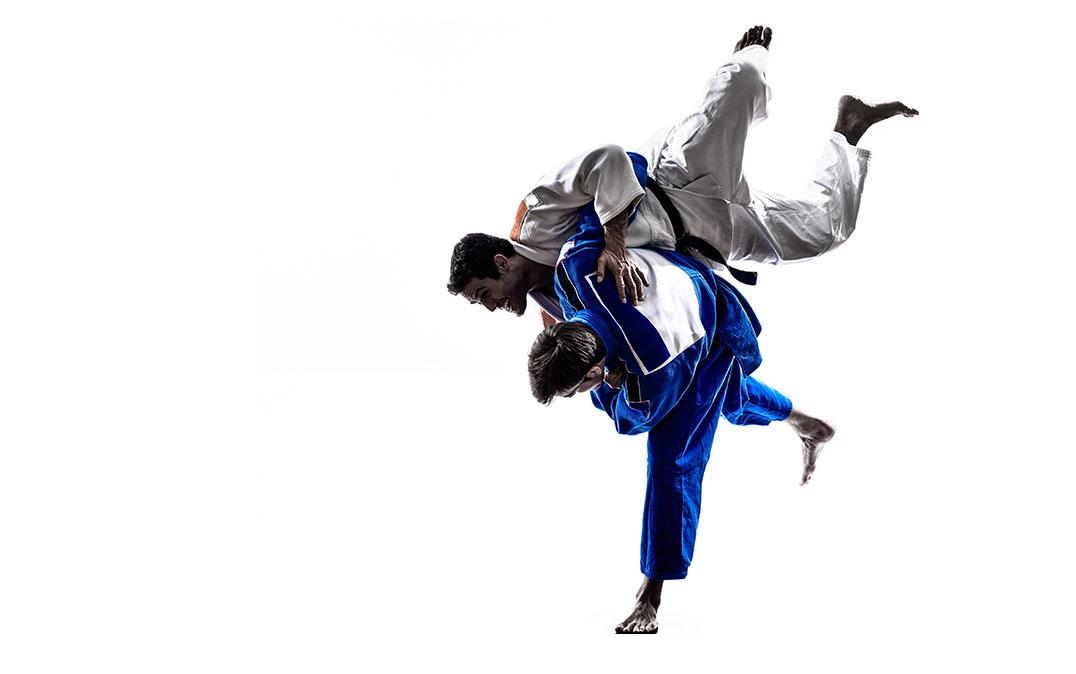Research News
Practice Makes Perfect

Image by OSTILL is Franck Camhi/Shutterstock
Researchers at the University of Tsukuba analyze video of successful judo throws to determine the factors that correlate with correct technique—such as the distance between competitors—which may assist in automating athletic training methods
Tsukuba, Japan—Scientists from the Faculty of Engineering, Information, and Systems at the University of Tsukuba analyzed video from top-level judo matches to systematically determine the aspects of posture, just before executing a throw, that lead to success. This work may help in quantitative measurements of other biomechanical processes, as well as improving coaching methods.
Many athletic training regimens use repetition to perfect technique. However, seeing the difference between correct and improper form can often require the keen eye of an experienced coach or trainer. Having an automated method that can detect the body movements that correlate with successful outcomes would be of great assistance to newcomers and professionals alike. Now, scientists from the University of Tsukuba have developed a computer method that uses video from real competitions, including the Judo World Championships, to better understand the key aspects of grabbing and throwing one's opponent. Using this approach, the critical factors of the body positioning just before a successful throw can be identified.
"We can develop a new training method for athletes to master the most successful throwing techniques if we can find the correlations among the postures right before initiating a throw," author Professor Shinichi Yamagiwa says. This process had two main phases, the measurement phase and analysis phase. First, the team collected video from 781 successful judo throws. Then, they used a χ2 statistical test to identify the aspects of the situation that correlated with success. To explain the results of the paper, the authors describe two judoka, or judo practitioners, named Tori and Uke. In these illustrations, Tori is executing a throw of Uke. "We found that Uke's distance from Tori's shoulders and legs is key to correct throwing technique," Professor Shinichi Yamagiwa says.
Future training systems using the method may include graphical interfaces to work with videos.
This is particularly useful for self-training systems for martial arts.
###
This research is supported in part by JST PRESTO Grant Number JPMJPR203A.
Original Paper
The work is published in Sensors as "Statistical Extraction Method for Revealing Key Factors from Posture before Initiating Successful Throwing Technique in Judo" (DOI:10.3390/s21175884).
Correspondence
Associate Professor YAMAGIWA Shinichi
Advanced Research Initiative for Human High Performance (ARIHHP), Faculty of Health and Sport Sciences, University of Tsukuba
Related Link
Advanced Research Initiative for Human High Performance (ARIHHP)
Faculty of Health and Sport Sciences





